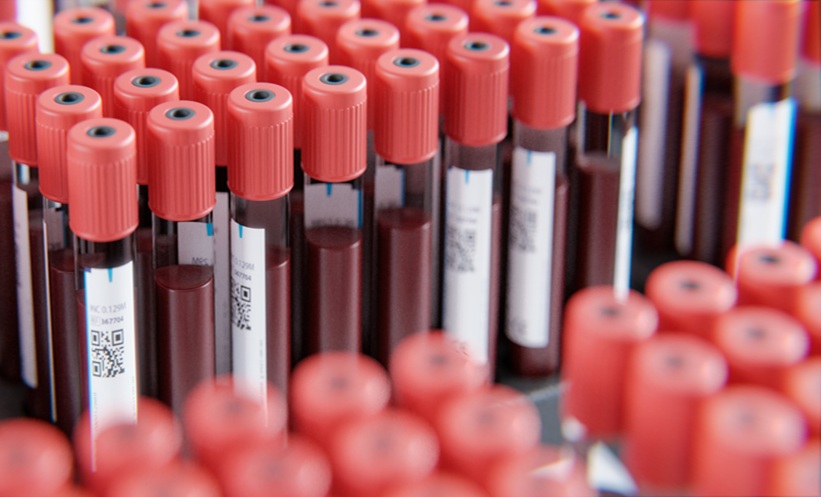GLOBAL guidelines introducing a new standard for how MRI images are evaluated to diagnose prostate cancer promise to reduce the number of cases of over-diagnosis of insignificant cancers by up to 89%, and to allow radiologists to identify up to 13% more life-threatening tumours.
Prostate cancer, the most common cancer in men, has a European incidence rate of 214 cases per 1,000 men. Research indicates that 50% of European men have a microscopic cancer at 55 years of age, and 80% at 80 years. Current diagnostic procedure to confirm prostate cancer utilises ultrasound-guided transrectal biopsy, where an ultrasound-guided needle is used to take 10–12 prostate samples for testing. However, detected tumours are often found to be created by non-cancerous prostate swelling, or by non-aggressive cancers that are unlikely to harm the patient. The addition of MRI scanning, which uses multiparametric prostate Magnetic Resonance Imaging (mpMRI) to check for abnormalities prior to a biopsy, is extremely helpful in detecting significant cancers.
A number of studies have demonstrated that using mpMRI allows improved recognition of threatening tumours, reducing the number of men subjected to biopsies and increasing the likelihood that a biopsy does reveal a clinically significant cancer. However, improper use can lead to over-diagnosis and over-treatment. Prof Jelle Barentsz, Professor of Radiology, Radboud University Medical Centre, Nijmegen, Netherlands, stated: “Early results have shown that mpMRI is an enormous help in detecting significant cancers. But to allow more widespread use, standardisation of image acquisition and interpretation is needed.” To facilitate this, global guidelines for diagnosis released by the American College of Radiology, AdMeTech Foundation, and the European Society of Urogenital Radiology provide detailed instructions to simplify and improve the acquisition and interpretation of mpMRI. In clinical trials, use of an early version of the system, named the Prostrate Imaging and Reporting and Data System (PI-RADS), has been shown to significantly improve the diagnosis of intermediate-to-high grade cancers.
Proper utilisation of mpMRI clearly has the potential to reduce cancer mortality and unnecessary biopsies, treatment, and complications. Extensive education and training is now needed to fully integrate the standardised procedure into the mainstream, and to allow widespread, successful use of mpMRI in prostate cancer diagnosis.
(Image: freeimages.com)







